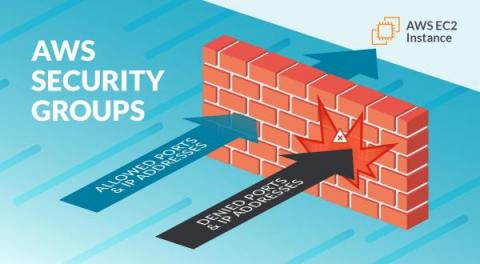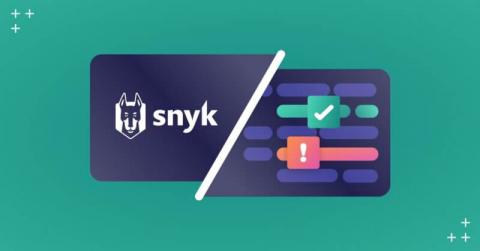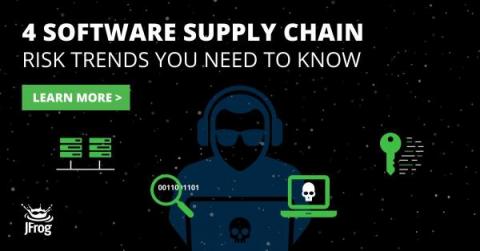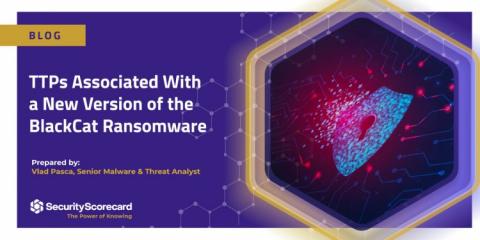Consolidated Identity Protection in a Unified Security Platform Is a Must-Have for the Modern SOC
As cyberattacks continue to grow relentlessly, enterprises have to continue improving their cyber defenses to stay one step ahead of the adversaries. One area that CISOs have recently started paying more attention is identity threat protection. This is not surprising considering 80% of modern attacks are identity-driven leveraging stolen credentials. In fact, identity threat detection and response is highlighted as one of the top trends in cybersecurity in 2022 by Gartner.











